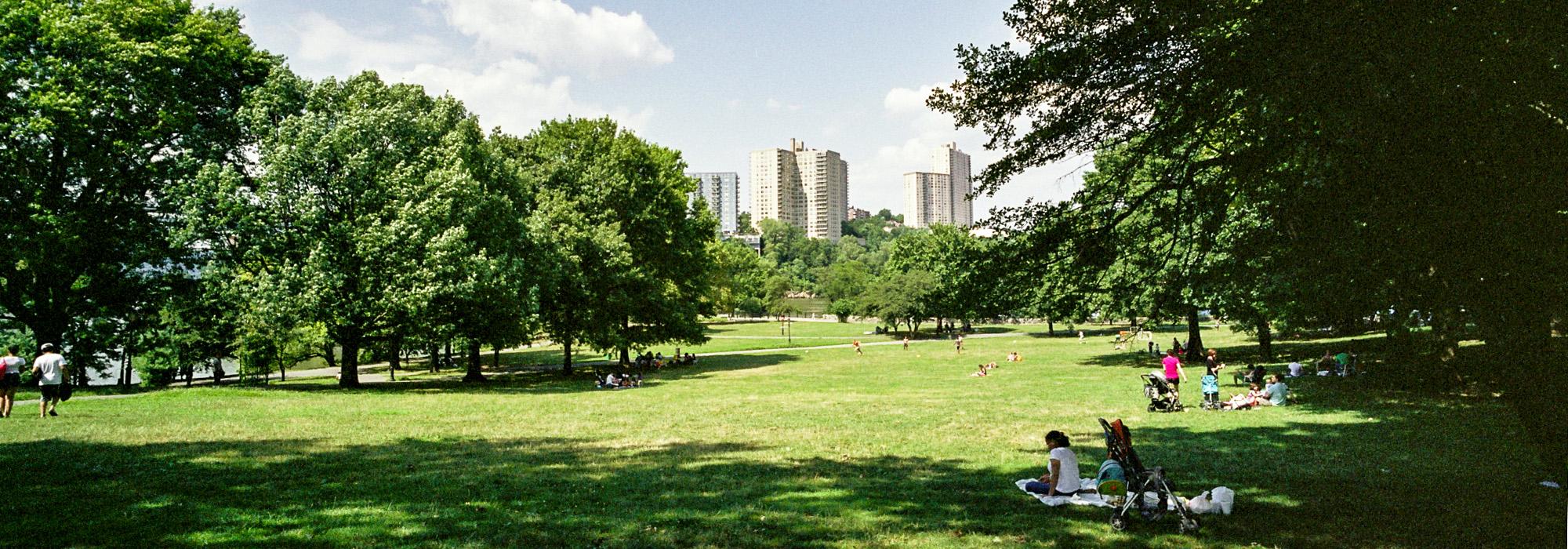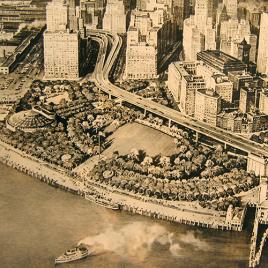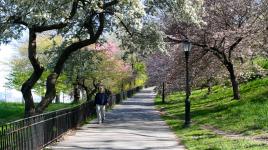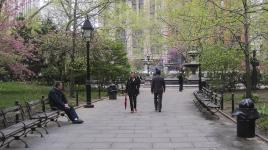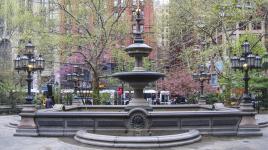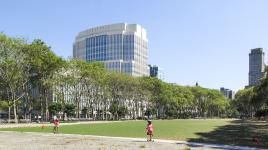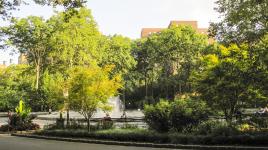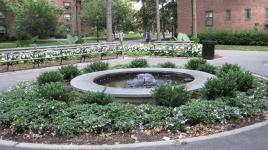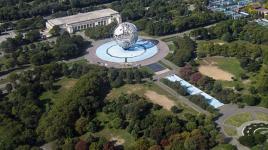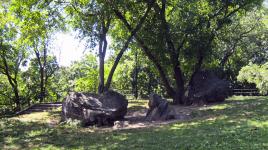Pioneer Information
The result of a partnership formed by Gilmore Clarke and Michael Rapuano in 1934, Clarke & Rapuano became one of the first multidisciplinary landscape architecture firms in the United States. Rapuano initially worked part-time for Clarke, the firm being formally established in 1939. Their first project was the design of the eleven-mile-long Henry Hudson Parkway, completed in 1937 and extending along the west side of Manhattan. The firm worked with Parks Commissioner Robert Moses to design many of New York City’s signature public spaces, being involved with most of the Moses-era parkways, housing projects, and parks. Their projects included the Conservatory Garden in Central Park (1937), Bryant Park in Manhattan (1930), the Brooklyn Heights Promenade (completed in 1950), the United Nations headquarters complex in Manhattan (completed in 1952), both the 1939 and 1964 New York World’s Fairs, the 8.7-mile Major Deegan Expressway (completed in 1956), the 11.7-mile Brooklyn-Queens Expressway (completed in 1964), and the 9.3-mile Van Wyck Expressway (1947-1963). They also designed or redesigned numerous playgrounds and parks in New York City during the Great Depression. Clarke & Rapuano received commissions for parks, parkways, interstate highways, and expressways outside of New York as well, including Virginia, Pennsylvania, New Jersey, and Tennessee. In 1955, they developed a planning report for Marquand Park in Princeton, New Jersey. One of the firm’s most notable design accomplishments, New Jersey’s Garden State Parkway, was completed in 1956. Clarke continued to design parkway concepts until he retired in 1971, Rapuano passing away four years later. Both men served on the U.S. Commission of Fine Arts in Washington, D.C. for many years. The firm outlived both partners, continuing under the name Clarke & Rapuano, Inc. By the time the firm closed in 1993, it had branched out into environmental assessments and planning studies for public and private clients.



